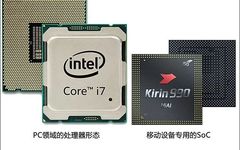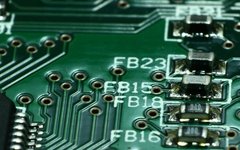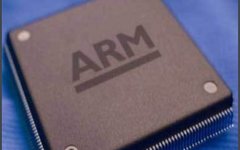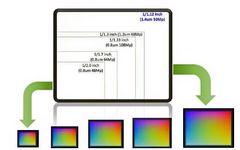TCP/IP Protocol Analysis Tutorial and Experiment (2nd Edition)
✦ Course Teaching Outline ✦ 1 Basic Course Information Course Chinese Name TCP/IP Protocol Analysis Course English Name TCP/IP Protocol Analysis Course Category Compulsory Applicable Majors Network Engineering, Internet of Things Engineering, Computer Science and Related Majors Total Class Hours 32 Total Credits 2 Prerequisite Courses Computer Networks Co-requisite Courses None Subsequent Courses Network Security, … Read more








